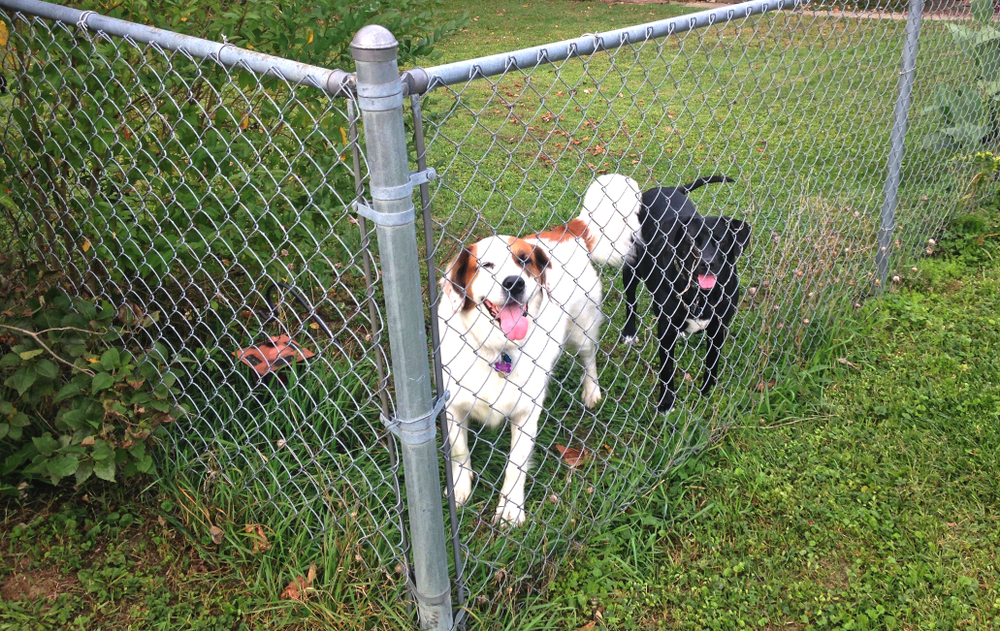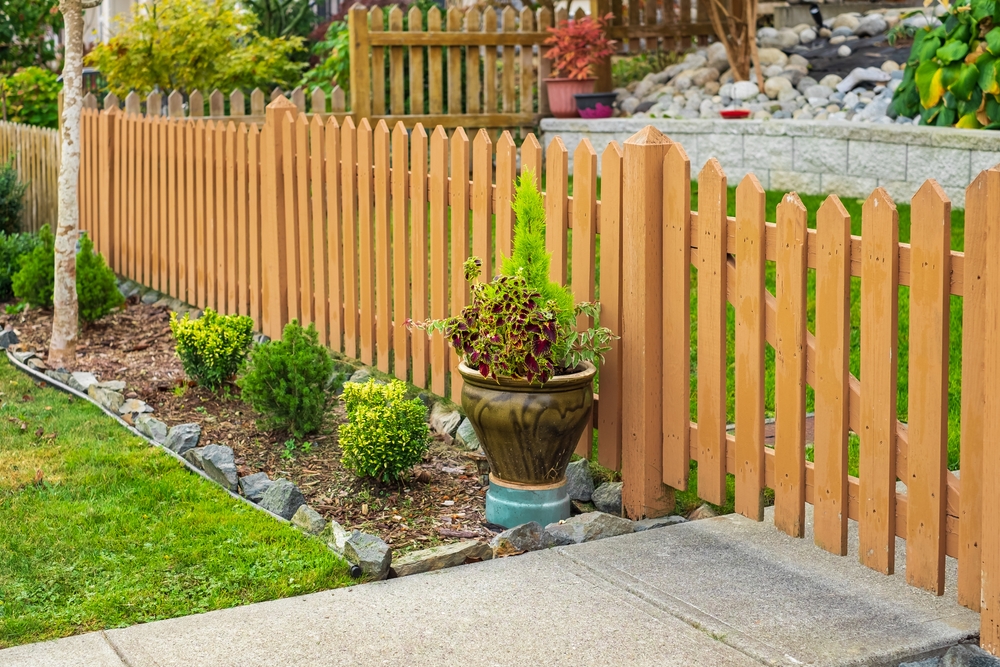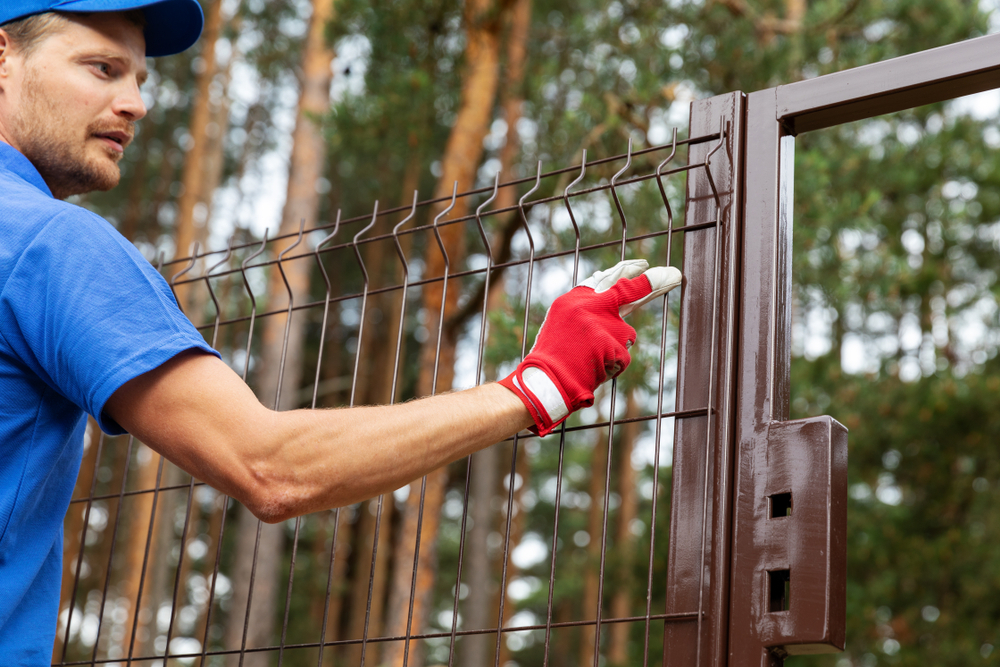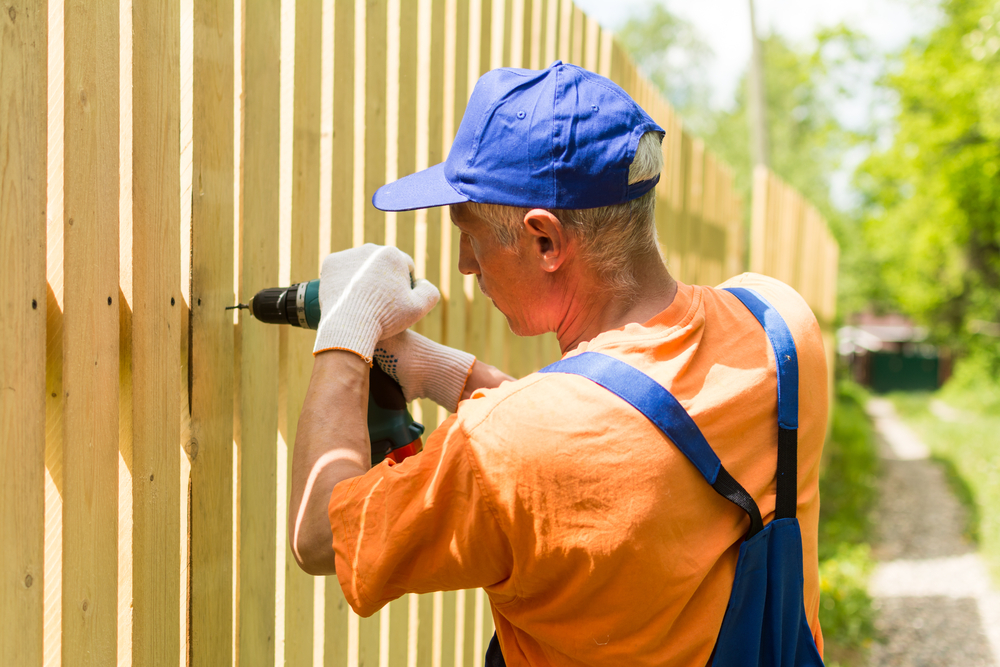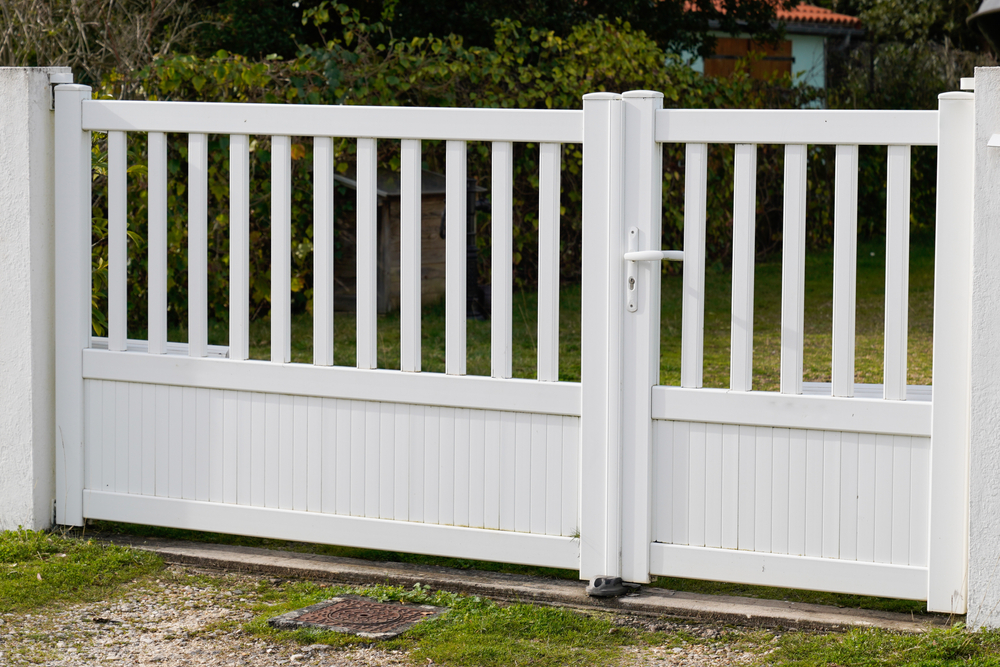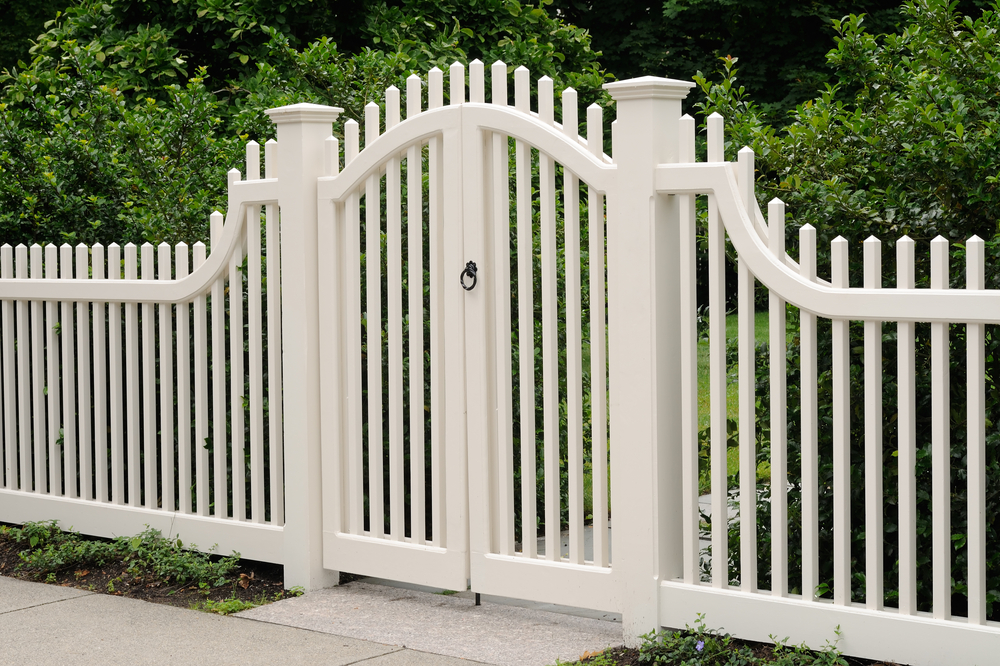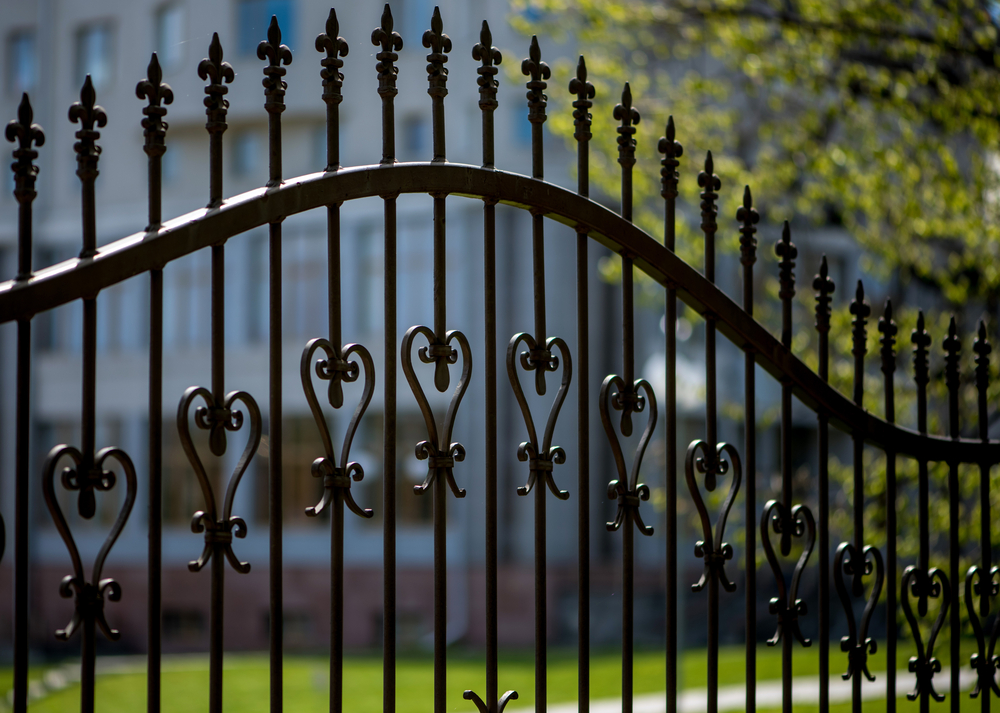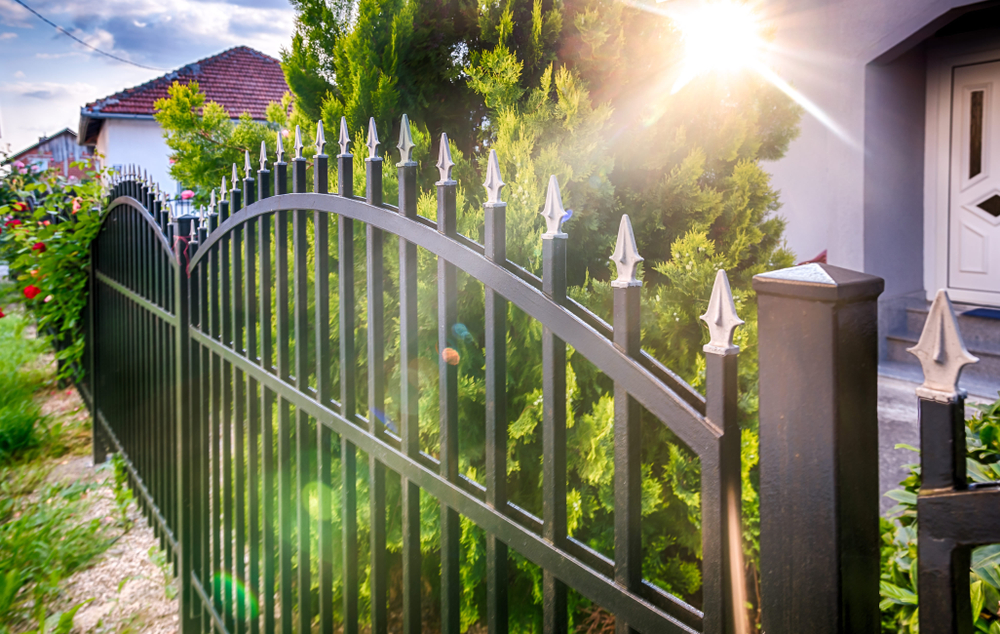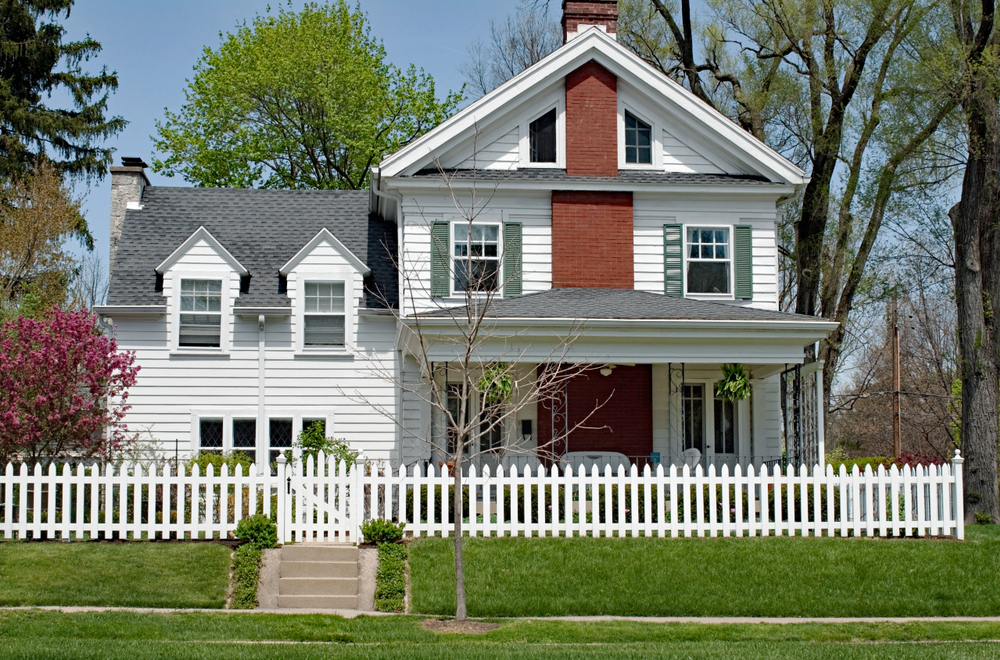In part one of this two-part blog series, we looked at some of the basics on why fence post spacing is so important for any new fence, plus whether to consider it based on panels or pickets. Fence post spacing is vital for the overall quality and long-term lifespan of any fence, and it’s one key consideration fence installers will always be keeping in mind.
At Utah Fence Warehouse, we’re here to offer a wide range of fence contractor services for clients around Layton and other parts of Utah, including options like vinyl fences, wrought iron fences and more. While part one of our series also left off by beginning to discuss how post spacing typically works for various fence materials, today’s part two will pick up from there. Let’s dive in!

Vinyl Fence Post Spacing
Vinyl is one of the simplest and most straightforward fence materials when it comes to post spacing. Within the majority of vinyl fencing setups, posts are placed every six to eight feet – this is consistent for both panel and picket-based systems.
There’s one exception that exists here: When wind speeds in a given area reach 70 miles per hour or higher on a regular basis, we recommend dropping the post spacing from six to eight feet to five to six feet. This is due to added strain placed on the vinyl material when winds are so high. However, these are naturally rare situations that don’t come up too often.
Metal Fence Post Spacing
For metal posts, spacing will tend to vary heavily based on panel width, which can also vary between different manufacturers or even different specific fence models. Most metal fences, however, will be spaced according to one of the following systems:
- Panels with eight-foot widths: Posts every six feet on center
- Panels with six-foot widths: Posts every four to five feet on center
- Panels with less than six-foot widths: Posts ever three feet on center
Chain Link Fence Post Spacing
One of the widest possible ranges for post spacing comes with chain link fences, and this is often largely based on the height of the fence – taller fences require more support. Here are some general guidelines for chain link post spacing:
- For fences that are six feet tall or less in height, posts should be placed every five to six feet
- Fences between six and eight feet tall require posts every four to five feet
- If the fence is eight to ten feet tall, you’ll need posts every three to four feet.
- And if the fence exceeds ten feet in height, it will need posts placed every two to three feet on center.
As you can see, different fence materials come with different expectations for post spacing. For more on this, or to learn about any of our fencing contractor services in Layton or surrounding areas of Utah, speak to the staff at Utah Fence Warehouse today!


